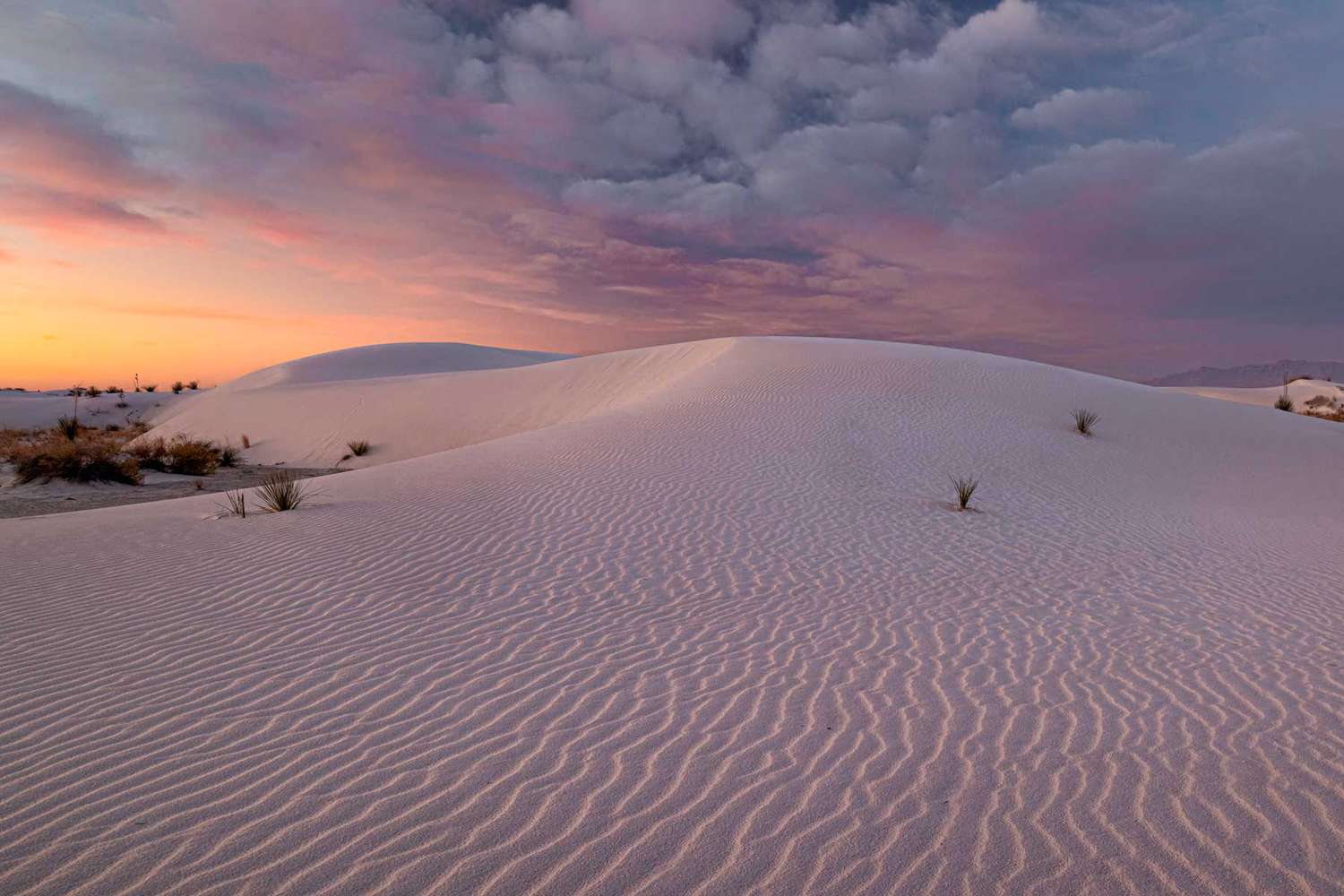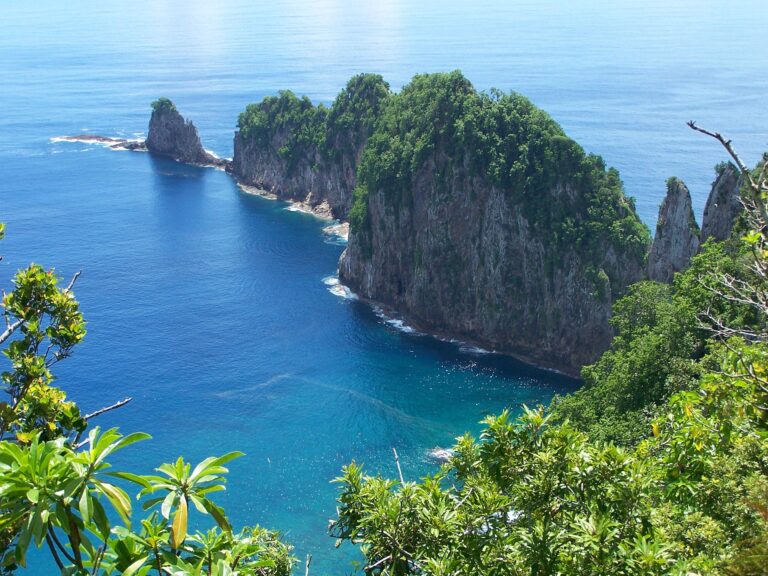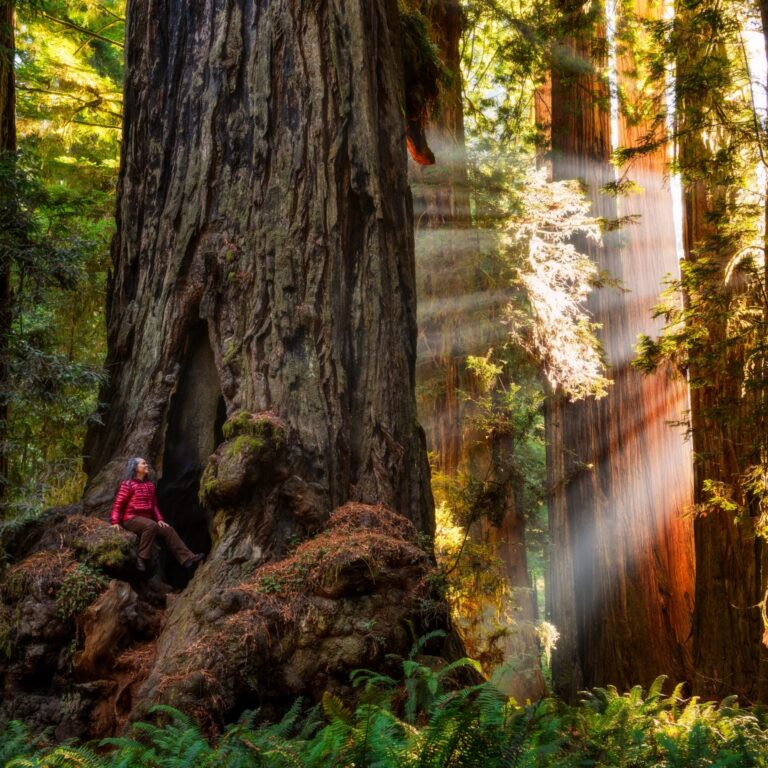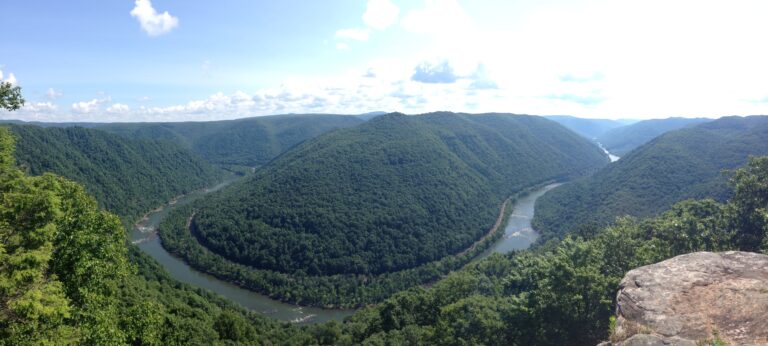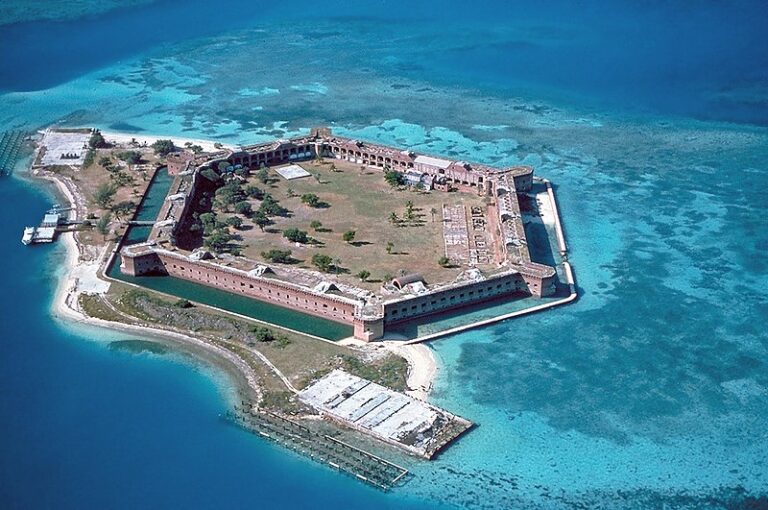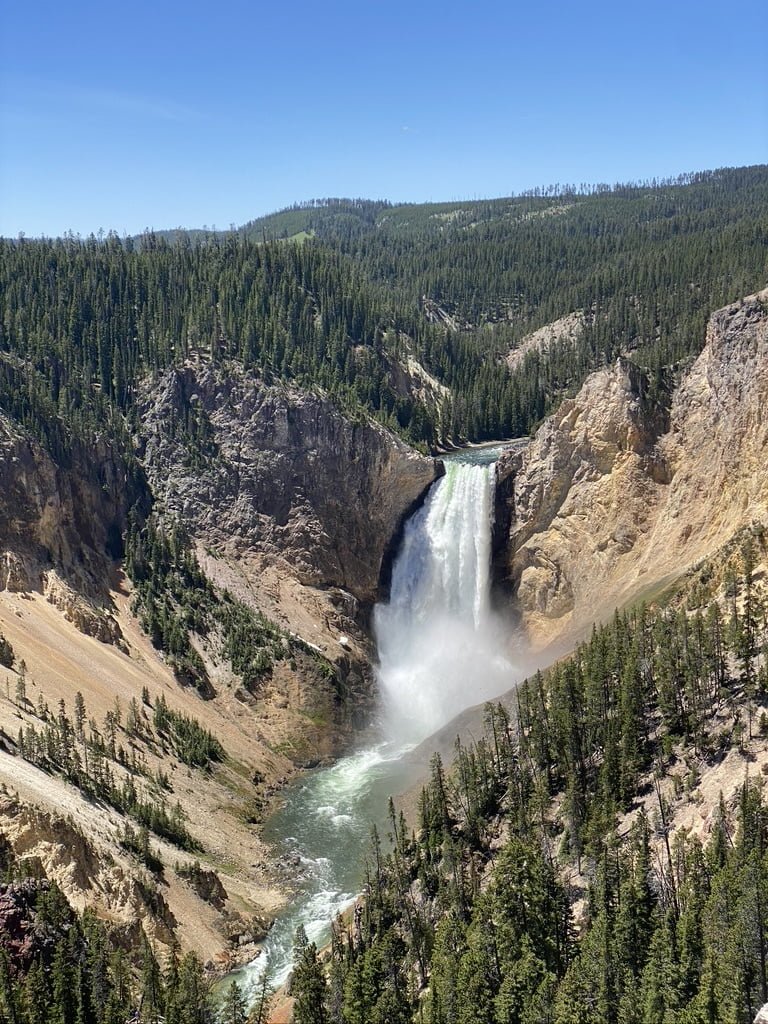White Sands National Park
Nestled in the heart of New Mexico, White Sands National Park stands as a breathtaking testament to nature’s wonders. Spanning an impressive 73,600 acres and established in 2019, this park has quickly become a magnet for visitors seeking to immerse themselves in the beauty of the United States’ largest gypsum dune field. In this article, we’ll delve into the unique features of the park, discuss firearms regulations, hunting policies, the best time to visit, and much more.
White Sands National Park location
White Sands National Park is located in southern New Mexico, about 16 miles southwest of Alamogordo. The park protects a major portion of the Tularosa Basin, home to the world’s largest gypsum sand dune field spanning 275 square miles.
White Sands National Park Facts
Some facts about White Sands National Park include: it contains the world’s largest collection of rare gypsum sand dunes; the dunes have been forming for over 7,000 years; the dunes tower up to 60 feet in height and shift up to 40 feet per year; the sand stays cool to the touch year-round; unusual desert animals like the Bleached Earless Lizard inhabit the dunes.
Firearms Information in White Sands National Park
A vital aspect of enjoying White Sands National Park responsibly is understanding the regulations surrounding firearms. The park adheres to federal, state, and local laws regarding gun ownership. Visitors who are legally permitted to possess firearms are allowed to do so within the park’s boundaries.
However, certain areas such as federal buildings—such as the visitor center, administration building, entrance station, and gift shops—are designated gun-free zones in compliance with federal law. Before entering the park, it is essential for visitors to acquaint themselves with New Mexico’s gun laws.
Hunting in White Sands National Park
Unlike some other national parks, White Sands National Park does not permit hunting. The park is dedicated to preserving its pristine environment, allowing visitors to appreciate the natural beauty without the intrusion of hunting activities.
The Enchanting Gypsum Dunes
One of the park’s most remarkable features is its expansive gypsum dune field. Stretching over 275 square miles, these wave-like sand dunes originate from the Tularosa Basin, creating a striking contrast against the blue sky. These dunes, located in the Northern Chihuahuan Desert, experience varying degrees of movement annually, with some dunes shifting up to 30 feet while others remain more stationary.
The dunes’ composition is equally fascinating; they consist entirely of pure gypsum. This mineral-rich substance washes in from ephemeral lakes in the western part of the monument and forms these dazzling dunes as water evaporates and the wind sculpts their contours. This unique environment presents challenges for life, with extreme temperature fluctuations and scarce water resources. Yet, the park’s flora and fauna have adapted remarkably to these conditions.
Best Time to Visit
For those planning a visit to White Sands National Park, the optimal time is between October and November. During these months, the weather is milder, allowing for a more comfortable and enjoyable experience. The gypsum dunes, illuminated by the sun, create a mesmerizing landscape that’s perfect for exploration and photography.
Visitor Information and Fees
To fully relish the wonders of White Sands National Park, it’s important to be aware of visitor fees. The park charges $15.00 per person for up to 7 days, $25.00 per vehicle for up to 7 days, and $20.00 per motorcycle for up to 7 days.
For frequent visitors, the White Sands National Park Annual Pass, priced at $45.00, offers a cost-effective option. Additionally, adventurers planning to explore multiple national parks can consider America The Beautiful Annual Park Pass, granting access to all U.S. National Parks for $80. This pass also extends discounts to seniors, military personnel, and other eligible groups.
Visitor Centers and Contact Information
For those eager to embark on their White Sands journey, the White Sands Visitor Center serves as an invaluable resource. Located at 19955 US-70, Alamogordo, NM 88310, the center is open daily from 9:00 AM to 5:00 PM. However, visitors should be vigilant about seasonal closures due to extreme weather conditions or hazardous roadways during winter months.
Conclusion
White Sands National Park offers a remarkable opportunity to witness the awe-inspiring beauty of nature’s gypsum creations. From the mesmerizing dunes to the unique flora and fauna that call this environment home, the park is a treasure trove of natural wonders. By following firearm regulations, respecting the no-hunting policy, and understanding the best times to visit, adventurers can enjoy a fulfilling and respectful experience within this captivating landscape.
FAQs;
Q1. Can I bring firearms into White Sands National Park?
Yes, visitors who are legally permitted to own firearms are allowed to bring them into the park. However, certain federal buildings have restrictions.
Q2. Is hunting allowed in White Sands National Park?
No, the park does not permit hunting to ensure the preservation of its natural ecosystem.
Q3. What is the composition of the dunes in White Sands?
The dunes are made entirely of pure gypsum, created by the evaporation of water from ephemeral lakes.
Q4. When is the best time to visit the park?
The best time to visit is between October and November when the weather is mild and conducive to exploration.
Q5. What are some fun facts about the White Sands?
- The glaring white sand dunes are actually made of gypsum that originated from Lake Lucero lying beneath the sand.
- Winds constantly shape abstract formations on the dunes that create striking landscapes.
- Visitors can rent specially designed sand sleds to “dune surf” down the towering sand slopes.
- Missile testing used to be frequently conducted in the basin in the 1940s/50s.
Q6. What is the origin of white sand?
Dissolved selenite gypsum from ancient Lake Lucero beneath created the rare white sands after emerging from the lakebed and breaking down over millennia, eroding into fine smooth grains polished by winds. No coral or shells contribute – the gypsum composition makes White Sands unique.
Q7. Are there discounts available for frequent visitors?
Yes, the White Sands National Park Annual Pass and the America The Beautiful Annual Park Pass offer cost-effective options for regular park visitors.
